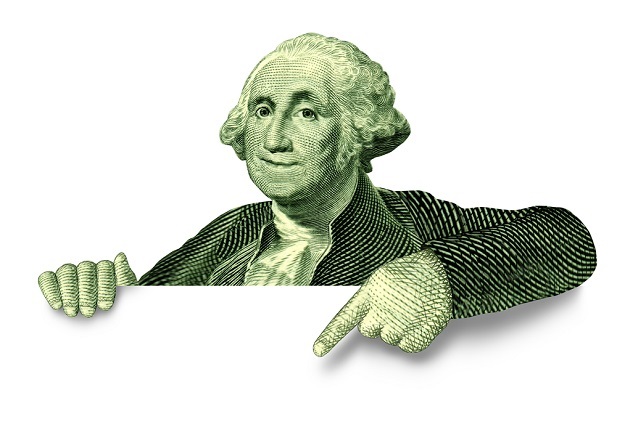 Financial cushions that can help overcome short-term financial shocks, the report says, can keep people from being derailed from their longer-term goals. (Photo: Shutterstock)
Financial cushions that can help overcome short-term financial shocks, the report says, can keep people from being derailed from their longer-term goals. (Photo: Shutterstock)
Maybe the long-term financial view isn't the right one to take — at least not exclusively.
A report from the Aspen Institute posits that focusing on short-term financial stability can be the way to bring about longer-term financial stability and security.
The report defines short-term financial security as “having enough of a financial cushion, broadly defined, to cope with everyday financial shocks, while still progressing towards financial goals.”
Financial cushions that can help overcome short-term financial shocks, the report says, can keep people from being derailed from their longer-term goals and also serve as a means of growing assets and keeping people engaged in the actions they're taking to protect their futures.
In the report, four types of financial cushions are highlighted: “routinely positive cash flow (income that exceeds expenses)”; liquid savings in the form of cash, checking and savings accounts; access to high-quality credit and strong social networks.
Low- and moderate-income households, according to the report, have a really tough time achieving economic progress or even financial stability. They also face obstacles to building those financial cushions, but the assistance of “nonprofit, for-profit and public organizations” can clear away some of those obstacles to help people access short-term stability.
Among the aids to short-term financial stability, says the report, are better-paying jobs, extra ways to earn money, government benefits, cash grants from nonprofits and investments in people's earning capacity. All these can help people achieve regular positive cash flow.
To help them build liquid savings, bank accounts can be a big step (particularly since so many of the low-income workforce is unbanked). So can self-imposed obstacles to raid savings and rules to build them, compartmentalizing money, savings incentives and financial coaching.
Access to high-quality credit is necessary to keep low- and moderate-income families from resorting to such strategies as payday loans, but it can be tough for those income groups to build good credit. Some tools can help people improve credit scores, as can financial coaching and tools that actually provide the high-quality loans such people really need.
And social capital can be built through the use of cash and informal exchanges of in-kind resources among family members and friends.
Having enough cash on hand to handle a car repair or similar financial shock, or to have somewhere to turn for a grant or additional temporary income, can make the difference between still being able to keep up with monthly bills or missing a mortgage or utility payment that will initiate a stream of problems.
It can also help people stick with good financial practices long enough that they become habits instead of sporadic efforts to improve.
Public policies that discourage saving in order to receive benefits are counterproductive in such cases, the report points out, while informal loans or gifts of money from family or friends—or providing rides, meals or other in-kind assistance—can make a difference for families struggling to build a secure safety net.
People who can put together a web of such strategies can more easily build cash reserves, move toward better-paying work or establish a good credit rating that will allow them access to credit that won't do them more harm than good.
© 2025 ALM Global, LLC, All Rights Reserved. Request academic re-use from www.copyright.com. All other uses, submit a request to [email protected]. For more information visit Asset & Logo Licensing.







